Transplanting a Tree: [Reasons, Conditions and Ideal Time]
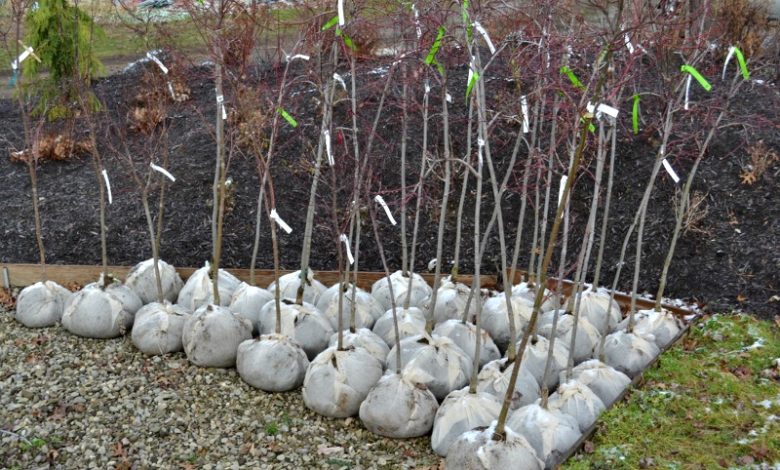
We had a lemon tree full of lemons. It gave lemons all year round.
However, due to a series of changes we had to make, it had to be moved.
Transplanting a tree is not easy. It must be done with the right tools, at the right time and well preparing the place where you are going to mobilize it.
However, we will give you a series of tips that will very possibly help you and achieve a successful transplant.
You sign up?
Evaluate the location and the tree

Transplanting is stressful for trees. You must make sure that the tree you want to transplant is in a position to do so.
If the plant is fine in its current location, find a new location with similar environmental characteristics.
Plant it as it originally grew: facing the same direction and receiving the same amount of daily sunlight. Mark a branch with ribbon or string to help you correctly reorient the plant to face north, south, east, or west.
An unhealthy tree may not survive transplanting.
If you still want to relocate the plant, determine the problem, treat it, and defer repotting until the tree is in good condition. If the tree is not doing well, it could be for a number of reasons. Let’s see:
- Pests or diseases: If the tree or shrub is damaged or seriously affected by any of these, it may be better to replace it instead of transplanting it.
- Needs more sunlight: If the problem is the environment (too much or too little sun), determine the amount of average daily sun exposure it gets in the new location.
- Soil Type: Poor growth may be a result of the soil and moving the plant may not remedy the situation. Do a soil test to determine if the plant is suitable for the current soil conditions. Adjust the pH of the soil to best suit the plant, or find a new plant that will thrive in your soil.
Other things to keep in mind when transplanting a tree:
- Trees with long vertical taproots —such as hickories, pecans, and some oaks and pines —are difficult to transplant.
- Many trees that grow in sandy soils can have longer taproots and broader lateral root systems than landscape plants that grow in more clayey soils. This requires more digging before transplanting.
- Relocating native plants from wooded and grassy areas may sound good, but the success rate is low. Look for native plants grown in nurseries to install them in your orchard or garden.
- Deciduous plants tend to transplant better than conifers. Shrubs tend to move better than trees.
- If the plants are moved due to a space problem, do not repeat the same mistake. Leave plenty of room in the new location.
- At the site from which it is transplanted, approximately 75% of the root system of the transplanted plant will still remain in the soil.
- You can expect some additional work to prepare this area for new landscaping, such as new plants or grass.
- Check the right of way, overhead and underground utilities, and property lines before moving your tree.
When to transplant a tree?
 Have you ever had to carry out the process of transplanting a tree?
Have you ever had to carry out the process of transplanting a tree?
Transplanting a tree is a procedure that is often recommended because it improves, in some way, the life of the cultivated species.
Others, when the tree is older, it is not recommended. We risk that the tree itself will not stand it and will die in the transplant attempt.
Transplantation consists of removing a tree from a certain location to place it in another.In some species it is recommended during their growth period, but it can be done for some other reasons.
We cannot recommend starting transplanting in very hot weather. Or when summer is starting. As we have mentioned, transplanting a tree is very stressful for the plant.
If you add to this a possible hydric stress due to high temperatures, it makes it very difficult for the tree to develop properly in its new place.
Therefore, it is better to choose a season when the weather is favorable. Not too cold, not too hot. Autumn and spring are usually ideal.
Why transplant a tree?
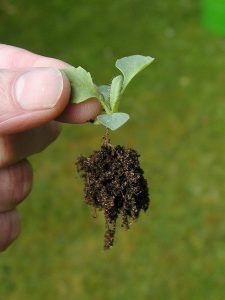 Change location by size
Change location by size
The transplant of a tree can be done for various reasons, the main one is to change its location due to its size.
And it is that on many occasions a tree can be planted that reaches dimensions that were not contemplated and cannot remain there.
For example, when the roots are very close to a construction and there is a possibility of affecting it in some way.
Different species in competition
Also when it generates a hindrance for the development of other species or the blocking of visibility.Currently, many trees are transplanted for urban development issues, when they are found in an area that is needed for another purpose.
By way of illustration, one could think of the paths where roads are built in wooded areas or the extension of a school.
The place where the tree is changes
A third reason has to do with the possibilities of development of the species in that place.
Perhaps at first it had the optimal conditions, but the existing ones no longer cover the needs it demands.In addition to the above, the most common case of tree transplantation occurs when they are still very young .
This transplant occurs when moving from the nursery to the garden where it will continue to grow.For all these reasons, it is preferable that you find out in great detail the characteristics of the tree before planting it.
What is needed for a successful tree transplant?
In order for a tree transplant to be considered successful, it needs to meet certain characteristics:
- When it is of an appropriate size for the type of measurements that you will be able to execute . Sometimes it can be too big and the obligatory use of machinery will be necessary to advance adequately. In these cases, hiring an experienced company in the field will be the best decision.
- When the state of health is adequate because a specimen that is sick may not be worth transplanting. In those cases it would be more convenient to plant a new plant and wait for it to develop.
- When it comes to a species that is capable of resisting the process and that ensures that it finds optimal conditions to continue living. The transplant supposes a gigantic change in the trees and generally leads to actions that affect their structure, such as pruning, loss of roots, among others. Some species are unable to tolerate it.
- When it comes to a slow-growing species . This is because they are species that live longer than other species, so a transplant would be justified to ensure much longer. However, when it is a fast-growing species (which does not usually live for so many years), it may be necessary to consider in more detail the problems that a transplant could bring, especially on an economic level.
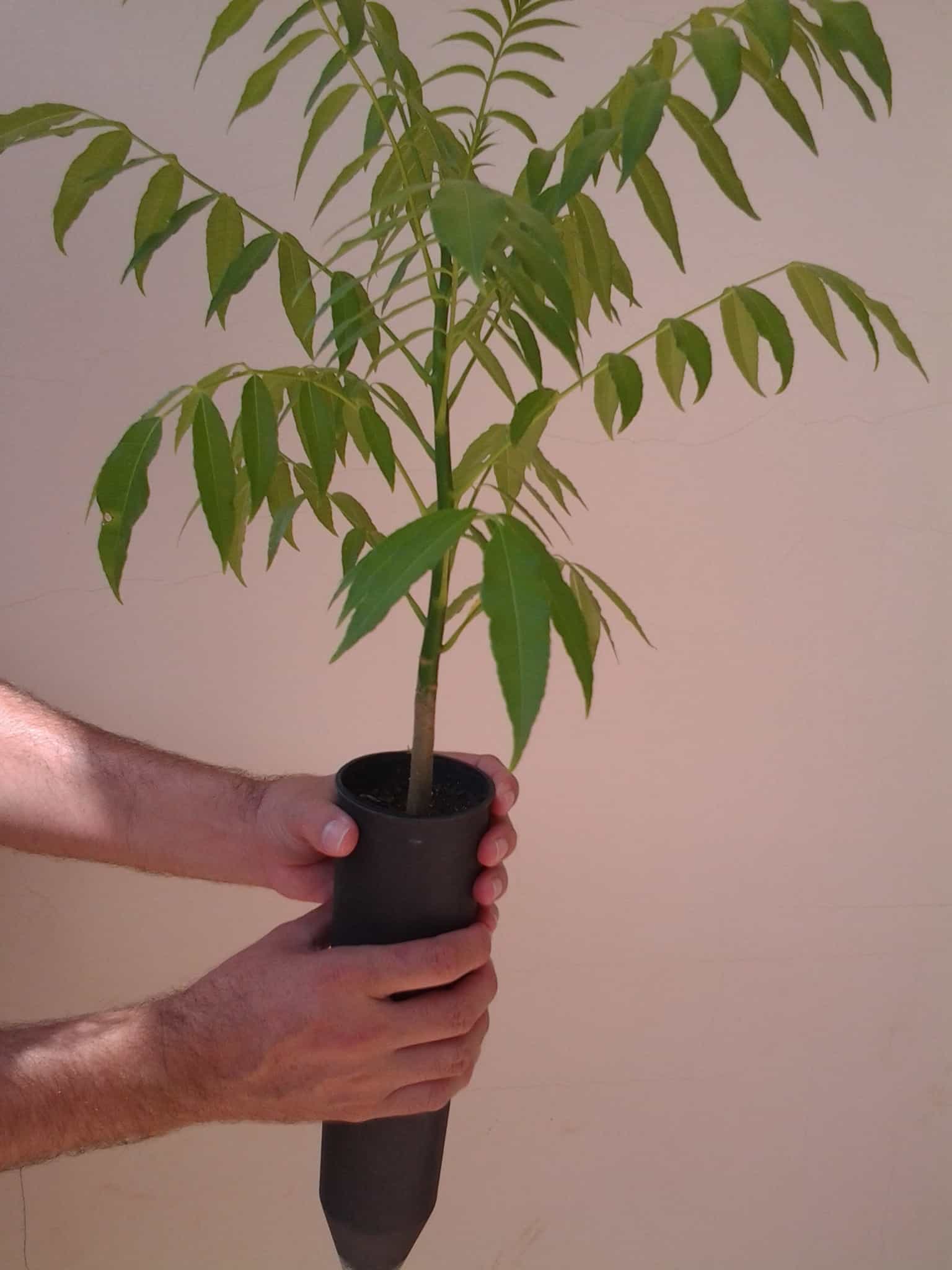
Transplant a tree step by step
Step 1: Water Before Transplanting
Water the soil the day before to soften the soil, reduce stress on the plant’s roots, and help keep the root ball intact.
Step 2: Dig a New Hole
Dig the new planting hole and have it ready for transplanting. Dig the hole two to three times as wide as the root ball, but no deeper.
Moisten the hole before installing the root ball to help reduce the shock of transplanting.
Step 3: Tie the branches with string (not wire, this can damage them)
Tie off lower branches to protect them and keep them out while you dig. Avoid using wires that can damage your tree.
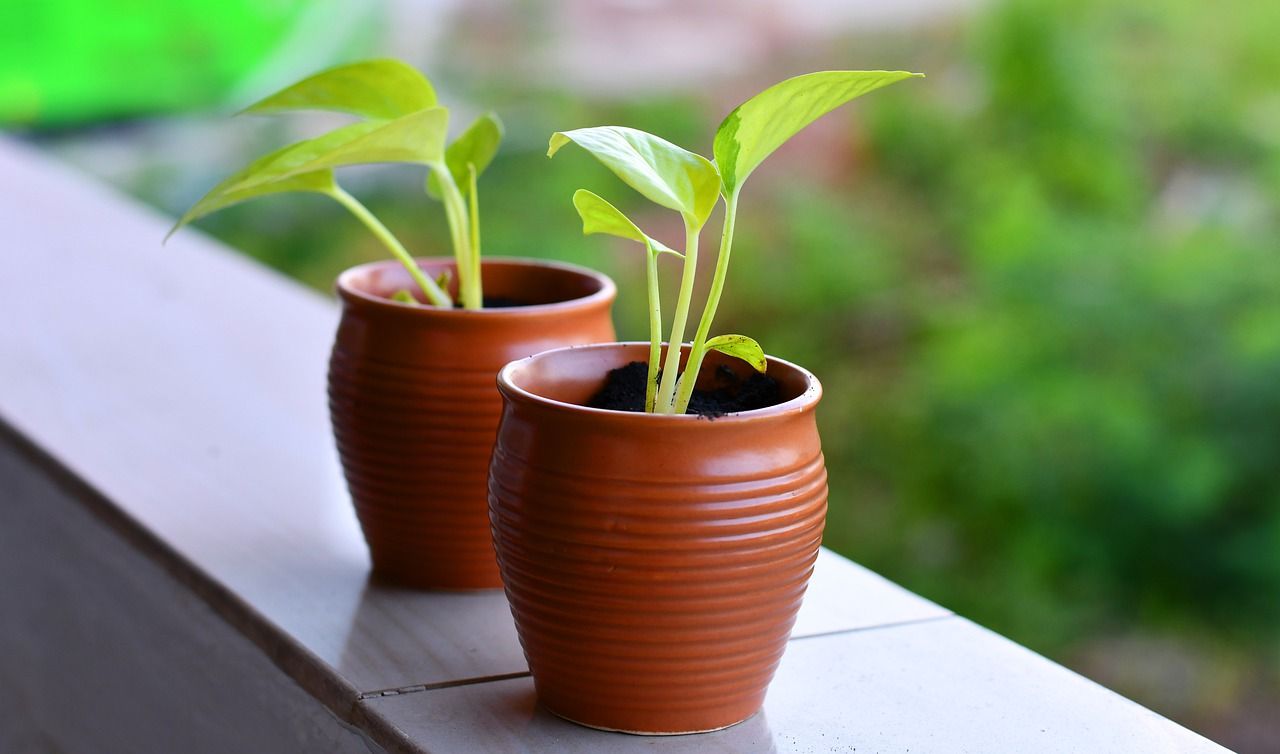
Step 4: Mark the area
Gently remove the topsoil from the top of the roots, near the trunk, and mark the area to dig.
To include newly grown roots, mark 4 to 6 inches beyond the trench where the roots were pruned. Start digging outside of this mark.
Step 5: Dig Around the Tree
Standing inside the marked circle, start digging with a flat shovel, keeping your face away from the plant. Continue digging around the tree.
Little by little, you dig deeper and deeper, shaping the root ball as you go. If you find large roots, cut them off with a saw or pruning shears.
Step 6: Dig Under the Plant
When you’ve cut around the plant to the right level to include the roots, start digging under the root ball.
Step 7: Move the root ball to a tarp
Before completely cutting the root ball, place a tarp or sheet of burlap in the hole next to the root ball.
Dig under the root ball and cut off the last remaining roots below. Tilt the root ball over the tarp to wrap it up and move it.
- Always grab and lift the tree from the base, never by the trunk.
- The roots must be kept moist or they will die. Any plants that cannot be installed in their new location immediately after digging should be kept in the shade and the roots kept moist.
- If you are transporting large trees to a new site, do not transport them in an open vehicle. Use an enclosed truck or van or cover the tree.
- Keep the roots moist by wrapping them in wet newspaper or burlap.
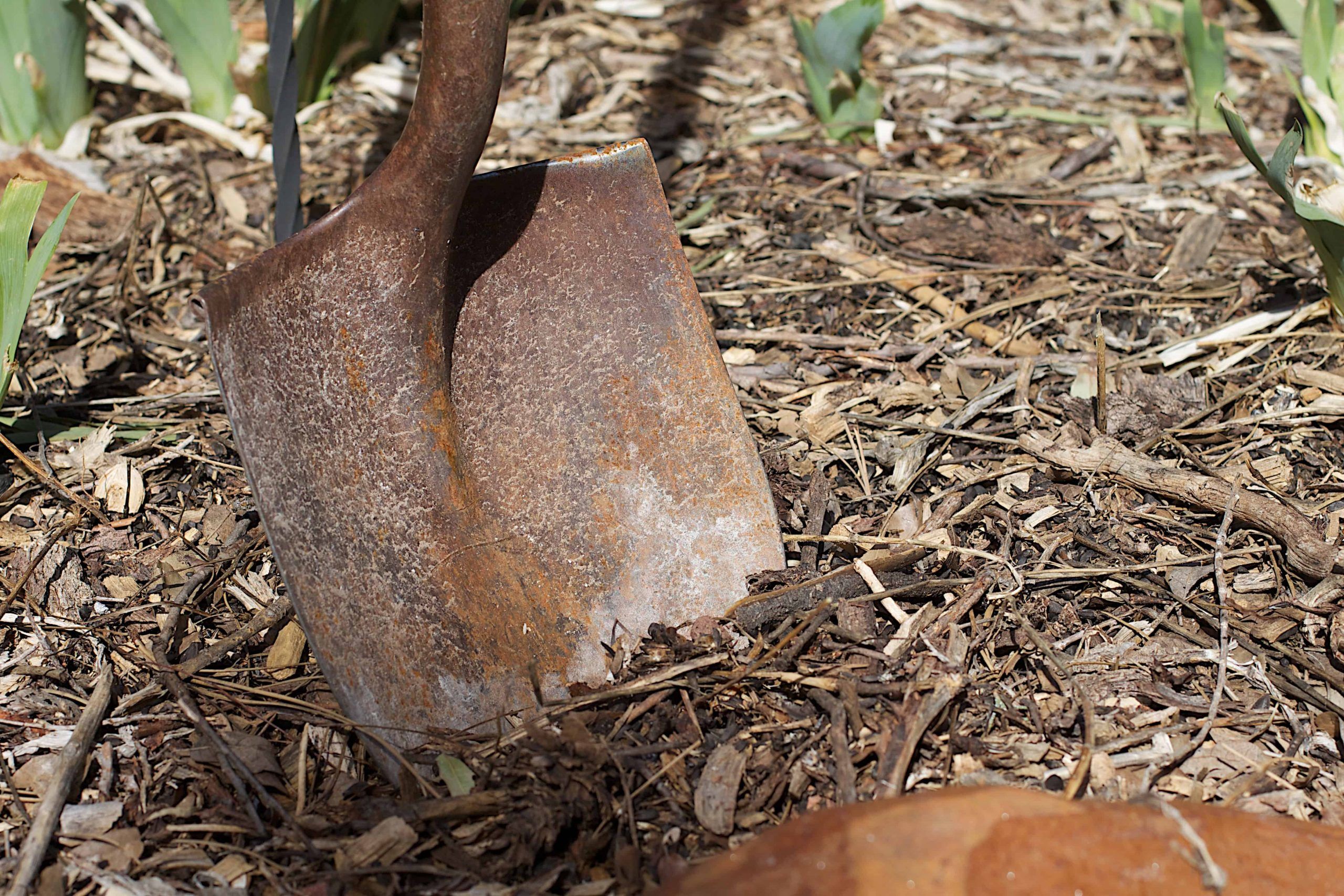
What aspects should we consider regarding temperature when transplanting a tree?
 The ideal time to advance in the transplant process is during the winter because it is the moment in which the plant is at rest .
The ideal time to advance in the transplant process is during the winter because it is the moment in which the plant is at rest .
This means that they are not producing flowers or fruits and, therefore, their nutritional and water requirements are not as demanding.
If a tree is decided to transplant during the spring or summer, the damage caused to its structure could be much higher.
Of course, you must take care that the chosen winter time is not the one with the lowest temperatures and, much less, when there are frosts.Of the rest, it will only be necessary to comply with the recommended steps so that the management is successful, such as:
- Moisten the soil where the tree is planted so that it is much easier to extract the root ball.
- Carry out the pruning of a third part of the tree crown to ensure that the weight is lighter to move it.
- Support the roots , preferably with degradable materials that will help extract the root ball and then keep the tree in its new position.
- Open the new hole where the tree will be established, ensuring that it has the diameter and depth necessary to receive it.
- Prepare the hole with the appropriate nutrients so that the tree can comfortably establish itself and continue its development.
Transplanting a tree is not an easy task, but it is not impossible either, and the truth is that it should not be done lightly. If at any time you need to do it, have this information at hand so that the process is a complete success.
Can any tree species be transplanted?
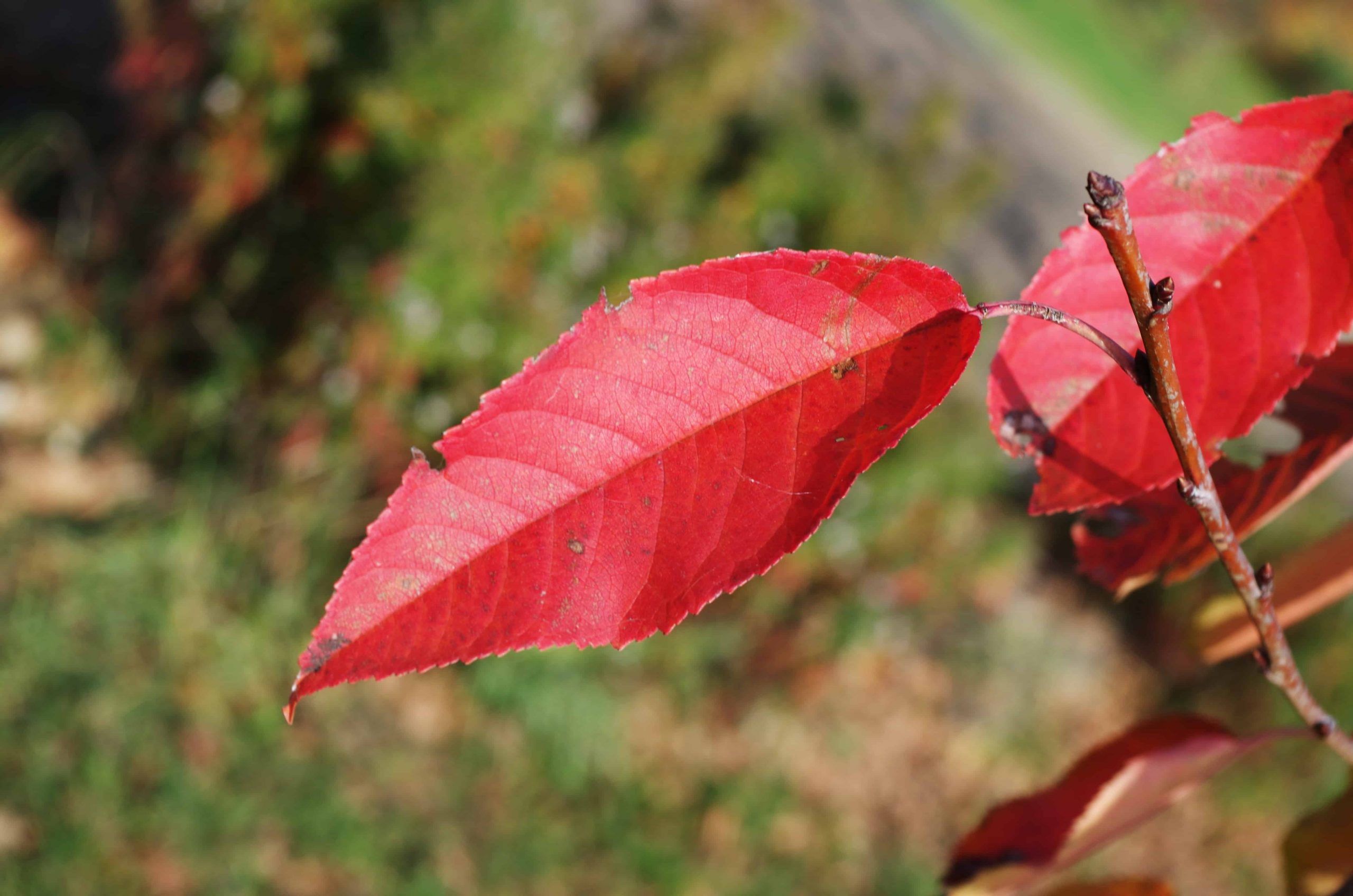
Some tree species react better to transplanting than others.
Red maples, elms, and bald cypresses tend to respond better to transplants than other species, particularly in northern regions.
Specifically, red maples have much more fibrous root systems.
Most trees will move well, assuming adequate time is allotted for proper fertilizing, root pruning, digging out the proper size root ball, and watering before and after transplanting.
It is equally important to continue a pest management/fertilization program after transplanting, as the tree may have transitional root growth for a year or two before becoming established again.
The only conditions for which we do not recommend relocating a tree include:
- The tree is in a state of stress/deterioration.
- The new location is not suitable for the specified tree.
Caring for trees and shrubs after transplanting
The hard work is already done; it’s time to put some finishing touches and take into account a couple of important things.
- Watering after transplanting is essential, but there is no exact formula for how much and when. Factors like soil texture, temperature, winds, and tree size make the amount of water a moving target. To prevent roots from rotting, keep them moist but not soggy. If it doesn’t rain naturally, plan a deep watering every 12-14 days.
- Add a 24- to 36-inch layer of mulch around the base of the new transplant to help retain moisture and moderate soil temperatures, which will encourage root growth. Keep the mulch a couple of inches from the trunk.
- For larger trees the use of stakes is recommended. Use three stakes and make sure the string or rope does not cut through the bark of the tree. Running the string through a section of garden hose is a good buffer between the string and the bark. Also, make sure the stakes are driven into solid ground. Remove the stakes once a year has passed since transplanting.
- Do not compost a newly transplanted tree. The stress of acclimatizing to a new place is enough; fertilizing it will stimulate unwanted new growth. Wait a year before fertilizing a newly transplanted tree.
- It is to be expected that a transplanted tree will take several years to fully recover from its relocation. The plant may not flower or produce new shoots until it adjusts to its new home.

![Photo of Plant a Passion Fruit Plant: [Cultivation, Pruning, Irrigation, Fertilizer and Pests]](https://www.complete-gardening.com/wp-content/uploads/2022/08/plant-a-passion-fruit-plant-cultivation-pruning-irrigation-fertilizer-and-pests-390x220.jpg)
![Photo of Jade Care: [Earth, Humidity, Pruning and Problems]](https://www.complete-gardening.com/wp-content/uploads/2022/08/jade-care-earth-humidity-pruning-and-problems-390x220.jpg)
![Photo of Basil Cuttings: [Concept, Season, Rooting and Planting]](https://www.complete-gardening.com/wp-content/uploads/2022/08/basil-cuttings-concept-season-rooting-and-planting-390x220.jpg)
![Photo of Cruciferous Fleas (Phyllotreta spp and others): [Characteristics, Detection, Effects and Treatment]](https://www.complete-gardening.com/wp-content/uploads/2022/08/cruciferous-fleas-phyllotreta-spp-and-others-characteristics-detection-effects-and-treatment-390x220.jpg)